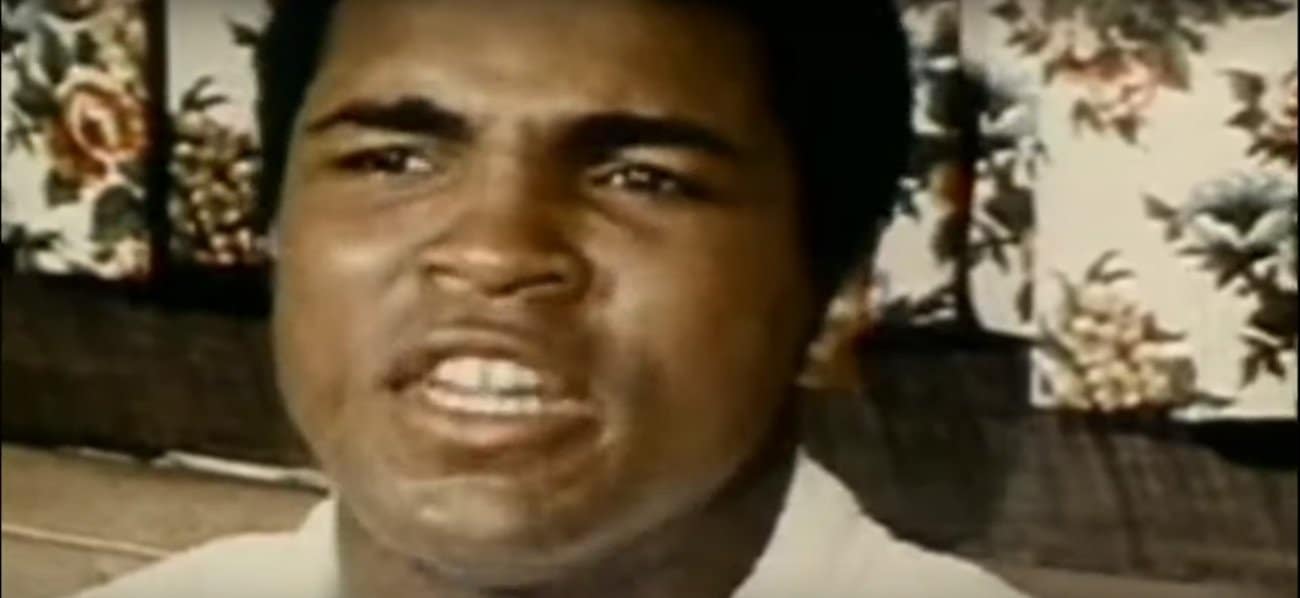In 1977, the heavyweight division was in a state of change. There were just two world title fights that year; both of them seeing an aging, past his best Muhammad Ali struggle mightily to hold onto the crown. With the aid of the judges, the 35-year-old Ali walked away with a decision win over the average if hungry Alfredo Evangelista in an excruciatingly dull affair in May, and then Ali barely escaped being KO’d, instead picking up a damaging points win over the lethal Earnie Shavers in September. It was crazy that Ali, 54-2, was still fighting.
The big fight the public, the boxing world, wanted, was Ali-George Foreman II. This was the only fight fans wanted to see Ali take, as insistent as he was in refusing to call it a career. A fourth fight with Ken Norton – who always gave Ali nothing but hell; doing so three times – was also of interest (and even announced at one point in 1977, only to fall apart), but it was the Foreman rematch Ali had to take. And the rematch was close to happening. Foreman had whacked out a few guys since falling to Ali in Zaire, he was the NO1 contender, and all he had to do now was beat a huge underdog in the form of a feather-fisted Jimmy Young.
The fight in March of ’77 turned out to be the last fight in Foreman’s career. For ten years, at least. Foreman was less than mentally strong going into the fight in Puerto Rico (new trainer Gil Clancy, who had been brought in after the Ali stunner, stated how his charge had been “getting the s**t kicked out of him in sparring by Duane Bobick”) – in fact, George was close to losing it. Much like the case that saw demons befall Ike Ibeabuchi some 20 years later, Foreman was battling invisible enemies. Reports surfaced that said Foreman ordered all the doors and vents in his dressing room to be taped shut, so worried was the former champ that “someone” was going to try to poison him with gas in San Juan.
Young might not have punched hard but he could box, and he survived a rough seventh round to win a wide decision over Foreman; even scoring a knockdown in the 12th and final round. The Ali-Foreman rematch vanished, while Ali was not at all interested in facing Young and his box of tricks ever again (Ali having been awarded perhaps the biggest gift of his career with the decision win he got over Jimmy in April of 1976). Ali himself should have done what Foreman unexpectedly did in walking away. Foreman had found God, he wished to no longer hit another man, and he vanished for a decade.
That left Ali looking for a new foe; one the fans and the press would accept as a genuine challenger. Enter Shavers and his brutal fists. Maybe Ali, seeing the Foreman rematch go away, picked a fight with Shavers because “The Acorn” was seen by some as an even harder puncher than Foreman. Ali wanted to prove a point after the Evangelista debacle. Ali paid dearly for rumbling with Shavers, his legendary chin and ability to soak up crippling amounts of punishment saving him in rounds two and 13. Ali dug in and gave us a blast from the past 15th round, where the faded champ fought the last great round of his long career. It was enough for Ali to get the win.
But Ali was done, as everyone – Ferdie Pacheco especially – knew. There were new fighters coming up; such as Larry Holmes, who would rule for years after a 1978 win over Norton, and Gerry Cooney, who went pro in 1977. The Ali era was all but over, while Foreman was done, becoming a preacher.
It was indeed a strange heavyweight landscape 45 years ago. Who would become the next heavyweight superstar? You could make the argument that he didn’t arrive until 1986.
